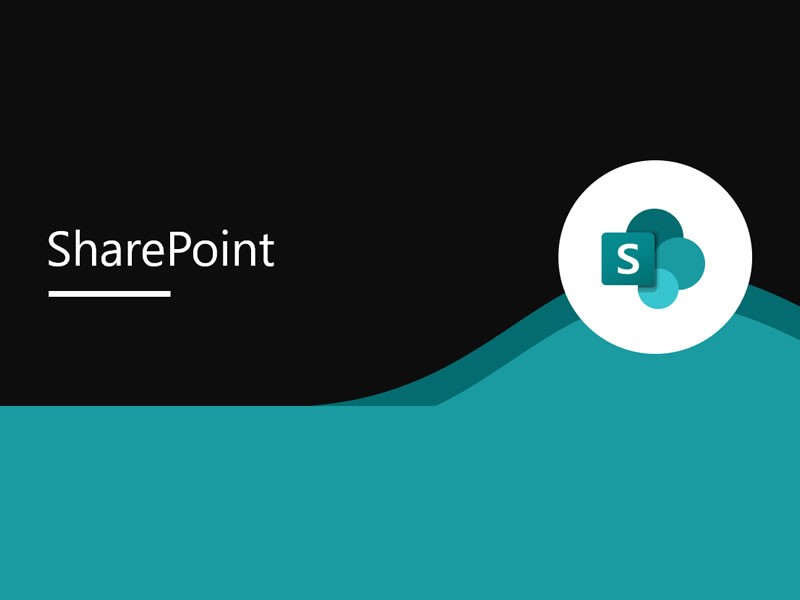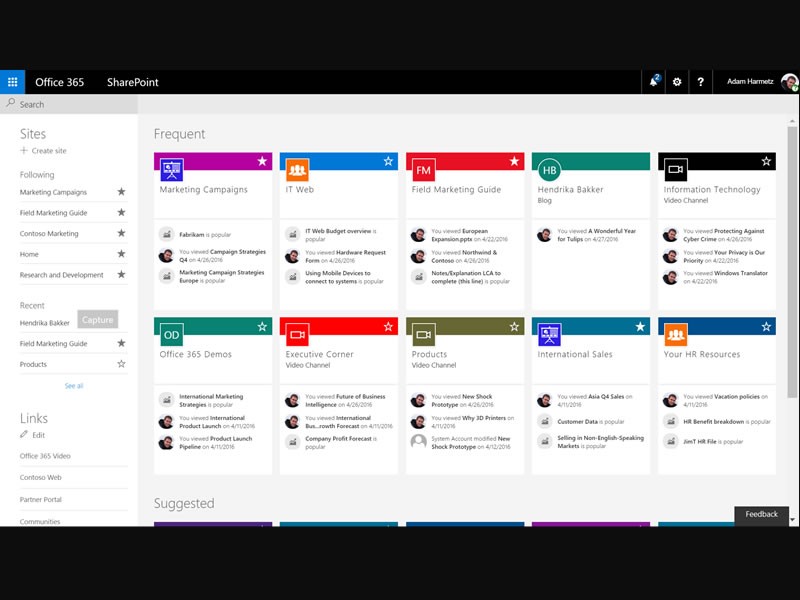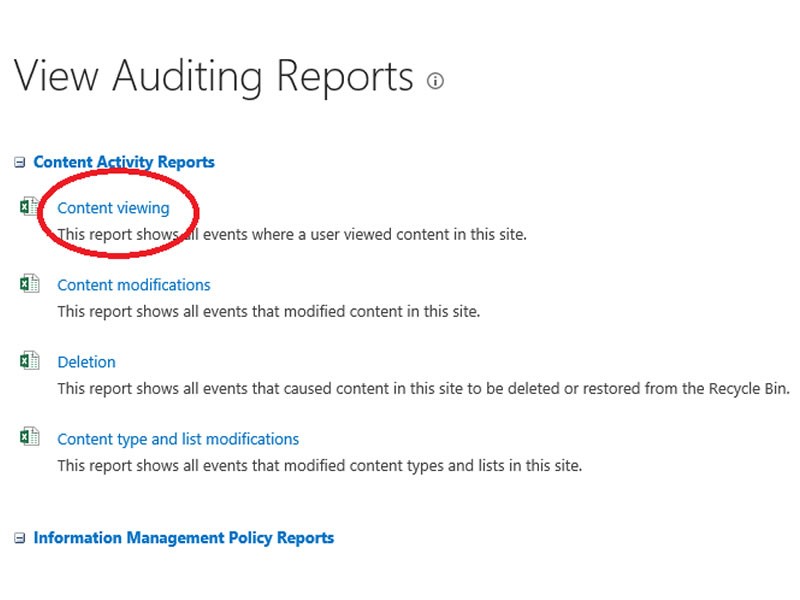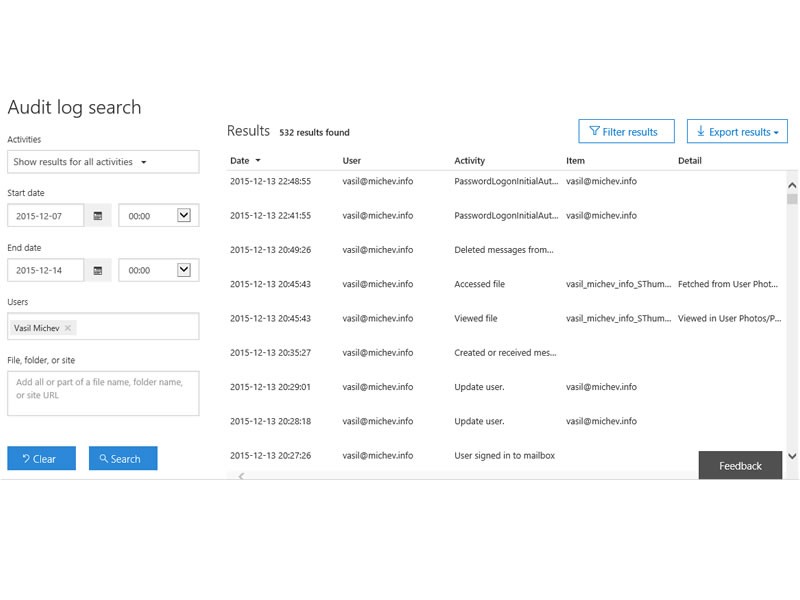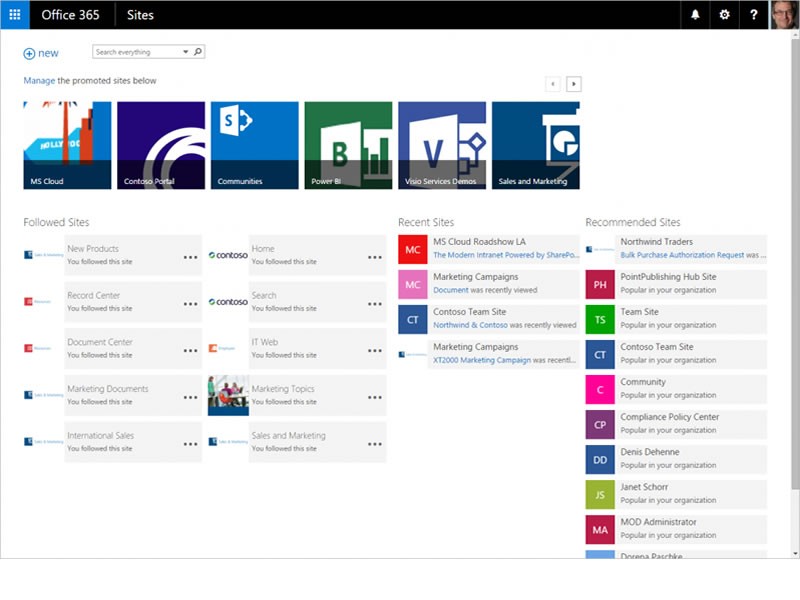Insight Blog
Agility’s perspectives on transforming the employee's experience throughout remote transformation using connected enterprise tools.
9 minutes reading time
(1718 words)
How To Audit SharePoint? UPDATED 2025 – A Complete Guide
We have explained what SharePoint Audit Log is, so now we can proceed to how you can enable it in SharePoint.
You can use SharePoint Audit to further enhance SharePoint's powerful collaboration tools that make it simple to manage, share, and collaborate on content.
SharePoint has long been used as document management and collaboration platform by many enterprises. And concerns about security rise in tandem with the growth of data and users. To maintain data consistency, integrity, and security, one must clearly take care of security and compliance actions.
SharePoint provides Audit Log Reports as part of the security and compliance function, allowing you to see who is accessing what, such as SharePoint sites, lists, libraries, list items, and files in Site collections, and what they are doing with them.
This report clearly captures all user activity, including timestamps, so you can simply sort and filter your SharePoint material, analyze changes, and efficiently audit it.
Assume some people disclosed secret content with users outside your organization, erased key data, or provided high access to users with the least privileges.
Audit Reports can be used to track each and every one of these actions. It's tough to figure out what and who changed the material without Audit Reports.
SharePoint Audit Log Reports allow us to quickly identify these types of actions and undo any improper changes. You can read our complete guide about the SharePoint governance plan and framework.
We have explained what SharePoint Audit Log is, so now we can proceed to how you can enable it in SharePoint.
Understanding Your SharePoint Environment Through Audits and Logs
To maintain control and visibility across your SharePoint environment, regular audits and activity logs are essential. SharePoint comes equipped with built-in auditing capabilities that help organizations monitor user behavior, document activity, and system changes across their cloud ecosystem.
Using SharePoint audit logs, administrators can analyze how files, folders, and lists are being accessed and managed. This visibility helps identify patterns in employee usage and detect potential issues early. For instance, if files are missing, duplicated, or mislabeled, audit data reveals which users made the changes — allowing quick action and accountability.
Conducting routine audits also ensures data consistency and compliance. Proper document naming, version control, and secure storage reduce the risk of errors that could expose sensitive information or cause compliance breaches.
In SharePoint Online, you can audit a wide range of activities, including:
- File and page actions
- Sharing and access requests
- Site and directory administration
- Permissions and role changes
- SharePoint list interactions
- Power Automate and Power BI activities
- Microsoft Teams and synchronization events
By leveraging these logs, organizations can strengthen governance, improve collaboration accountability, and protect data integrity across their entire SharePoint environment.
How To Audit SharePoint?
Are you worried about legal issues and do not know how to audit SharePoint? SharePoint audit logs enable you to see who is opening SharePoint files and folders in any site collection, as well as what they are doing with the data. Within sites, lists, libraries, content kinds, list items, and files, you may sort, filter, and analyze what your users have been working on.
Assume, for example, that a crucial piece of content was removed. You can determine who removed the content using SharePoint audit logs. That way, you may make efforts to retrieve it as soon as possible while also putting in place the necessary safeguards to ensure that the same mistake does not occur again.
As a result, audit logs are an important aspect of monitoring your SharePoint system.
Difficulties associated with "audit"
Some folks appear to be terrified by the word "audit." Those of us who worked in summer retail may recall stock audits that took place either before the store opened (too early) or after it closed (too late). Tax audits, of course, conjure up images of white-collar crime, fear of the IRS, and big old Al Capone.
Audits come in a variety of forms, including retail stock audits and tax audits. In addition, your organization must always be prepared for an audit of the information it holds, which is frequently done for compliance and regulatory reasons. And if you are not prepared, you may suffer serious consequences.
How to plan for SharePoint Audit
Fortunately, SharePoint includes capabilities for doing audits across your ecosystem. You can manage what you need to manage much more easily if you have better visibility into what's going on in your SharePoint sites.
Here is a list of what you may observe and track with SharePoint audit logs:
- Documents were opened and downloaded, items in lists were seen, and item properties were viewed (this event is not available for SharePoint Online sites)
- Items that have been edited
- Items were checked out and checked in
- Items in the site collection that have been relocated or copied to another location
- Items were deleted and restored
- Modifications to content kinds and columns
- Search terms
- Modifications to user accounts and permissions
- Changes made in audit settings and deleted audit log events
- Workflow and custom events
Even from the little list above, you can see how audit logs could be extremely beneficial to your company. But let me explain why in more detail.
Compliance and legal requirements
The amount of information and data that businesses process and store is increasing; best practice data management and governance is critical to ensuring that you are not falling short of your legal needs.
Keep track of how information is being used
While compliance and governance best practices are crucial for obvious reasons, understanding how your company's information is handled is critical to put in place protocols that will allow your staff to work at their best.
Are you considering implementing a new solution? You can make decisions that you believe will enhance adoption rates by looking at how your teamwork. Better adoption leads to increased production, which leads to a higher return on investment.
This is significant from both a compliance and a productivity standpoint. You can see how data and documents change over time, have a solid backup mechanism in place, and knowing the past can help you forecast the future.
SharePoint Content Viewing Report
Auditing your SharePoint Online infrastructure helps you stay secure and meet regulatory compliance standards. To examine the auditing reports provided by your SharePoint Online native tool, follow these steps:
- Login
- Go to settings
- Go to "site collection administration" and open "audit log reports"
- Select the report to view it
- Save the report to your desired location by using the "browse" feature or by typing a URL
- Click on "click here to view the report" on the operation completed successfully
SharePoint audit log reports enable you to examine all activities taking place in your SharePoint environment.
However, the native tool has significant restrictions, particularly when it comes to audit report analysis because the reports can only be exported in Excel format. Get ManageEngine SharePoint Manager Plus, a comprehensive SharePoint monitoring, auditing, and reporting solution, to help with your SharePoint auditing.
The new Site Contents tab is the simplest method to access the activities on any given site.
It was recently overhauled in SharePoint Online, and in addition to the typical capabilities to add web elements and create subsites, and it also includes a section that displays usage data. To get to it, go to Gear Icon > Site Contents and then click the Site Usage link.
When you click on Site Usage, you will find all kinds of intriguing stats about a site, such as the number of recent site visits, the number of new items uploaded and trending content (most popular content).
It also shows you information about externally shared documents and folders. This is invaluable, especially for site owners who may be interested in what has been posted externally!
How to Check SharePoint File Access Logs?
We can trace who is performing what action on the SharePoint objects and generate the overall number of activities they conducted on the site by using SharePoint file access logs.
For example, we may get a record of who did what in SharePoint by using the User ID and Events columns in an audit report. Based on this, we can determine who is the most active user and who frequently accesses or manages the site's content.
We can track who is accessing more and who is accessing less, as well as their most recent activity time, with an audit report, and we can also generate a report of the user and his date-wise accessed count.
Get a count of the events that occurred in a month or a day by using the audit report. We can track the last utilized date of the site collection and other elements using this information. We can acquire the details for the file when it was last edited or viewed by grouping the Document location and sorting by the Occurred date column.
We may learn about the historical usage of a document/item/folder by user level by using Audit Log Reports. Individual user counts are available for a single document. As a result, we can determine who is regularly accessing the same information.
For example, we can get the document accessed count user wise by using filters on the User ID and document location columns, as well as counting the occurrence date, and we can get the most viewed/updated documents to log by using Event type.
SharePoint Online Auditing Tools
You can use SharePoint Online auditing tools to view user activity.
Changes made to Exchange Online and SharePoint Online tenant configuration settings, as well as changes made by users to documents and other things, are examples of user and administrative activity that can be tracked using Microsoft cloud services' auditing and reporting tools.
To better manage user experience, eliminate risks, and meet compliance obligations, you can leverage audit information and reports available in Microsoft cloud services.
You may track user activity on content categories such as lists and libraries within your site collection using the audit feature for Microsoft SharePoint and SharePoint Server.
Many business requirements, such as regulatory compliance and records management, necessitate knowing which users have viewed specific content at any given time.
Categories
Blog
(2590)
Business Management
(318)
Employee Engagement
(204)
Digital Transformation
(172)
Intranets
(119)
Growth
(118)
Remote Work
(61)
Sales
(48)
Collaboration
(37)
Culture
(29)
Project management
(29)
Customer Experience
(26)
Knowledge Management
(21)
Leadership
(20)
Comparisons
(5)
Ready to learn more? 👍
One platform to optimize, manage and track all of your teams. Your new digital workplace is a click away. 🚀
Free for 14 days, no credit card required.

